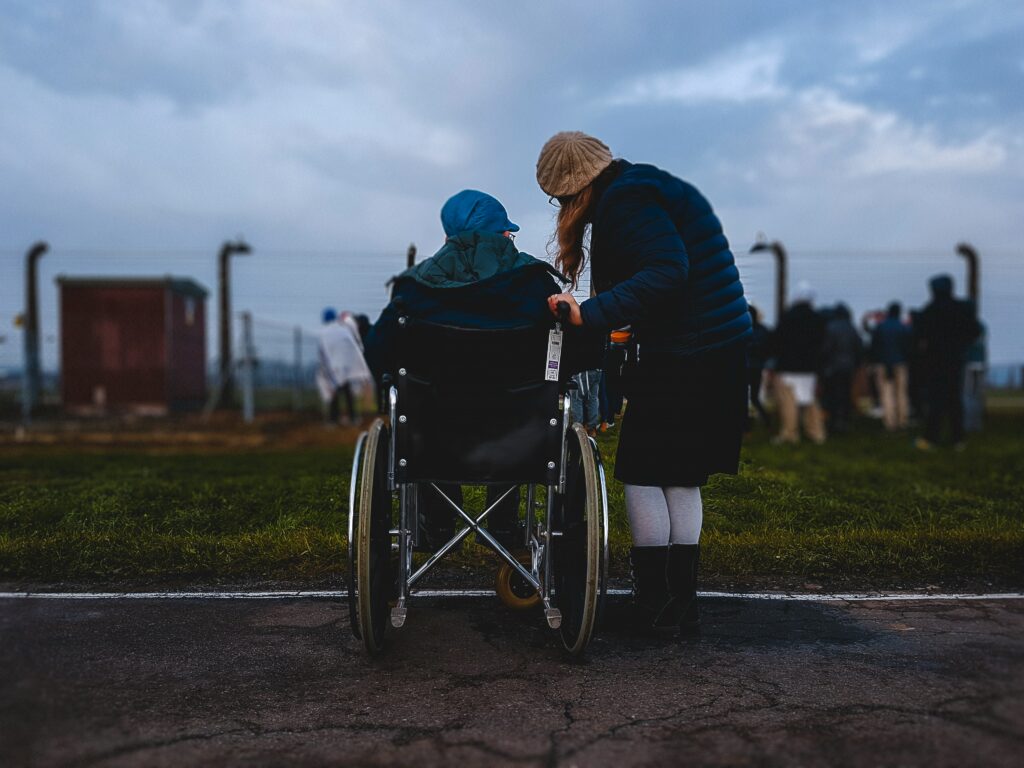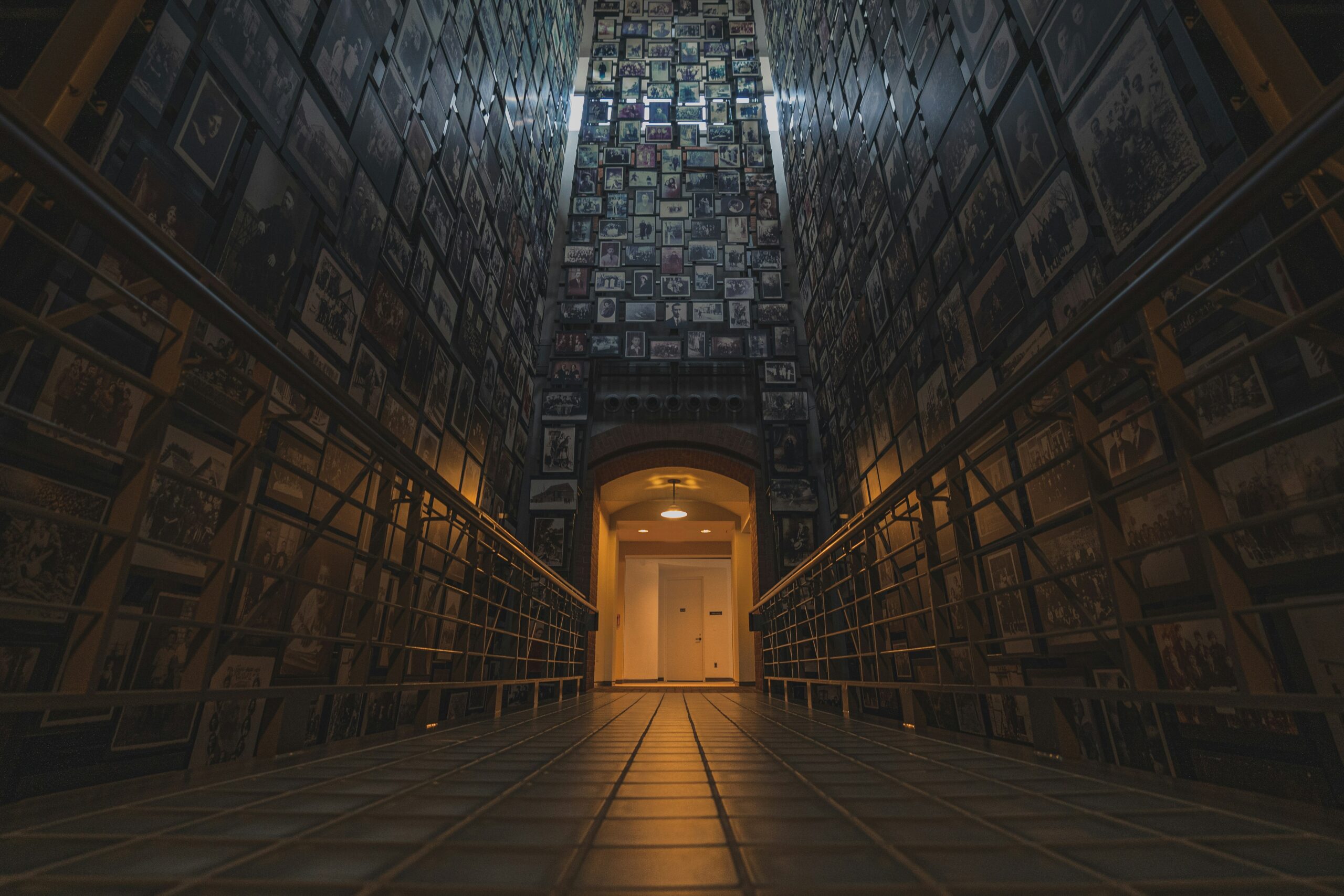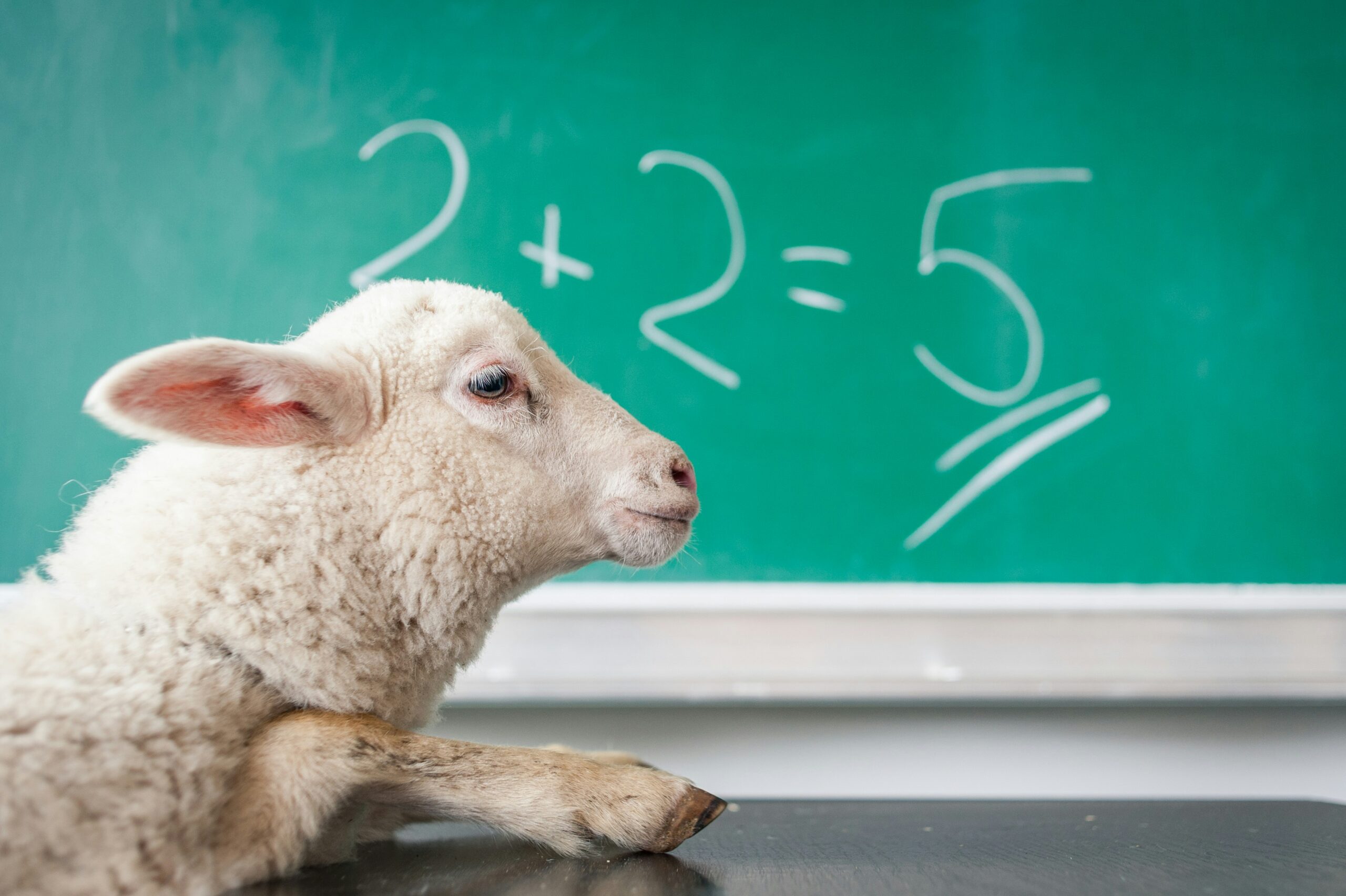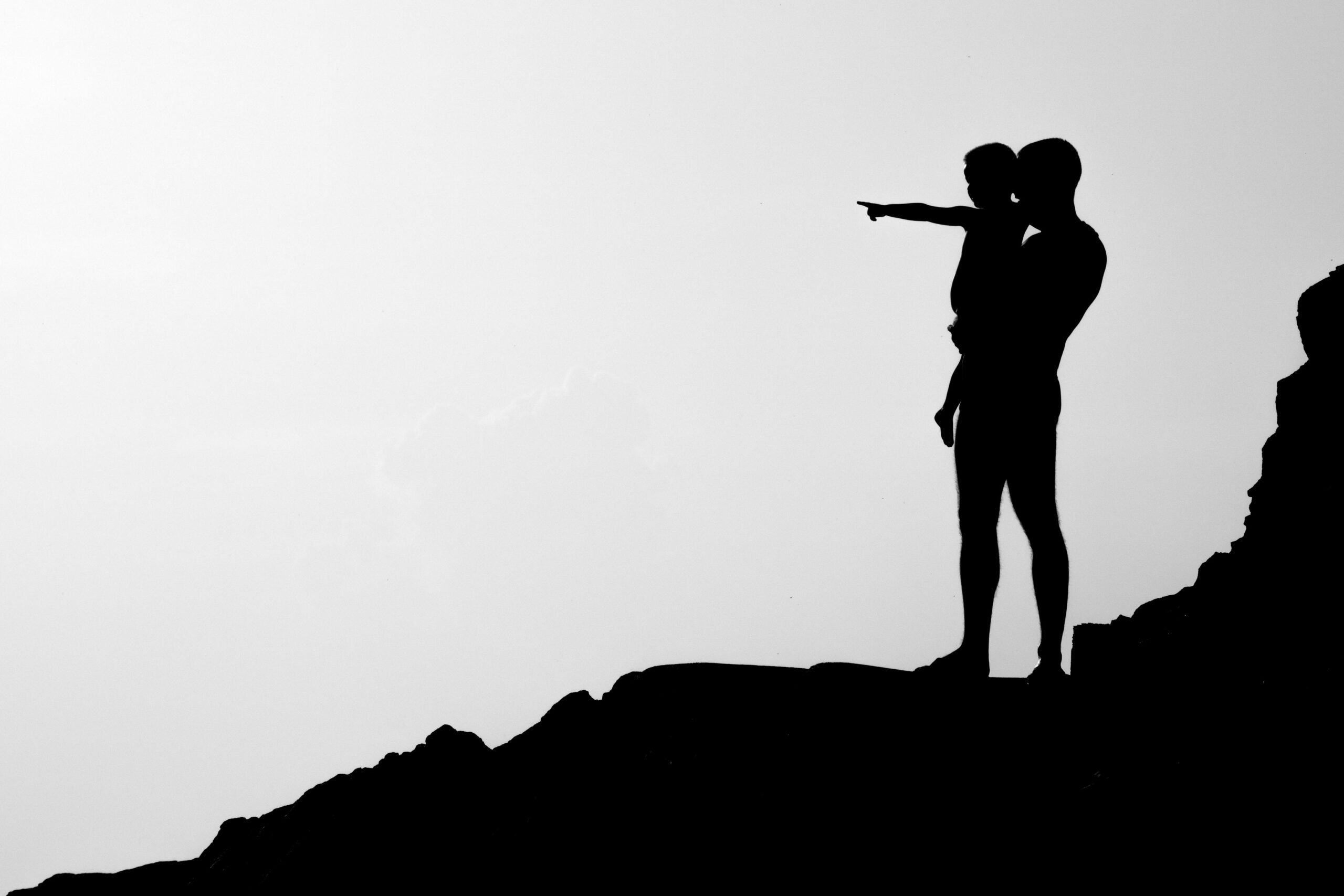Let the world pummel itself in the full throttle of its terrible self-examination. To this end, there is another source of evidence to be added to the mountains of films, books, treatises, analyses, documents, and first-hand accounts of the Holocaust, the most salient proof of the bestiality of the human species as well as its cosmic self-humiliation.
And this should last until the extinction of the species itself. If an alien race somewhere in the universe ever mistakes us for an intelligent species, half-asleep and navel-gazing in our corner of the Milky Way, this fact of our history should stand as a permanent refutation of that absurd judgment—we are more likely, in fact, to elicit the pity and disgust of any species unfortunate enough to have happened upon our little planet, at least in this unsavory context.
Restored by the Imperial War Museum between 2008 and 2014 to its original 1945 form as directed by Alfred Hitchcock and produced by Sidney Bernstein, the German Concentration Camps Factual Survey was a documentary intended to shed light on the disturbing revelations of what the British had at first doubted from wartime Soviet intelligence: not only the existence but the terrible, bestial reality of the concentration camps. These would deliver millions upon millions to their deaths, usually contrived with the purpose of a maximal cruelty and perversion that could befit none other than the most predatory species to have ever graced the Earth.

The scale of the atrocities revealed in the 2014 documentary Night Will Fall, a bleakly discursive exposé on the making of the 1945 original, could only be described as second to none. Directed by Andre Singer, this is a documentary with footage and carnage wisely interpolated by interviews with some of the principal witnesses of the first British and American encounters with the horror that was the liberated concentration camps. It was horrible—and it is horrible to watch; even during parts of the documentary’s restrained black-and-white factuality, the images are difficult to bear for even the most resilient members of the audience.
And who wants to witness the footage of mangled and emaciated bodies, stacked and towering in the middle of dirty deforested clearings like sandbags? But it is also necessary: it is necessary to see the atrocities carried out by other members of this species, necessary to view what we are capable of as a collective, necessary to recognize a historical occurrence that was less an anomaly than a manifestation in extremis of our own potentiality, always lurking in the dark like vermin beneath the floorboards.
“Unless the world learns the lessons these pictures teach,” says the narrator of the 1945 original, “night will fall.” That is, if it hasn’t already fallen, returned thereafter to our faintly daytime conditions by the mere passage of time and always threatening once more to fall, to collapse and eclipse a species driven into the ground by its own predatory self-destruction. We can never stop learning from ourselves—of that, I am convinced.





